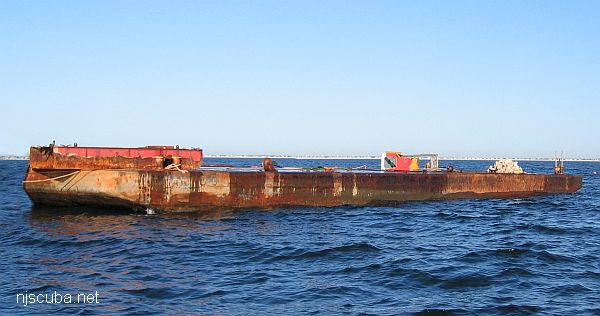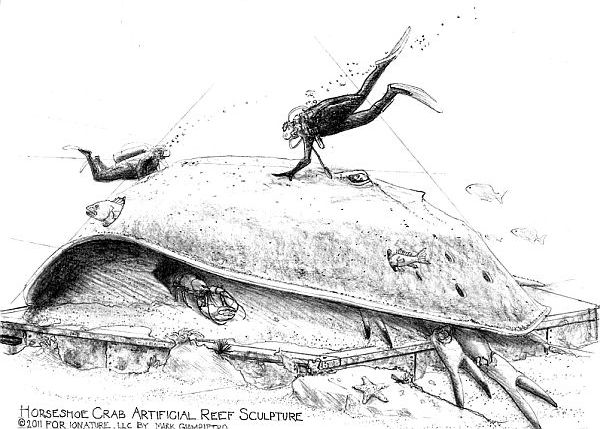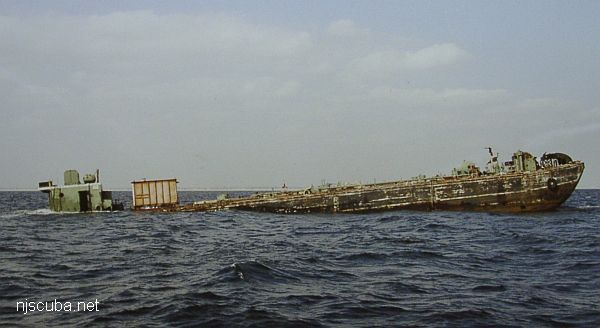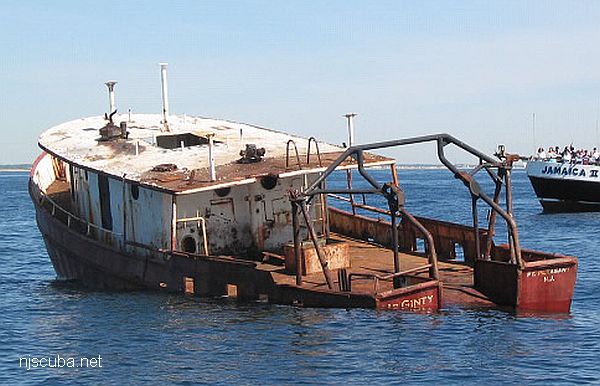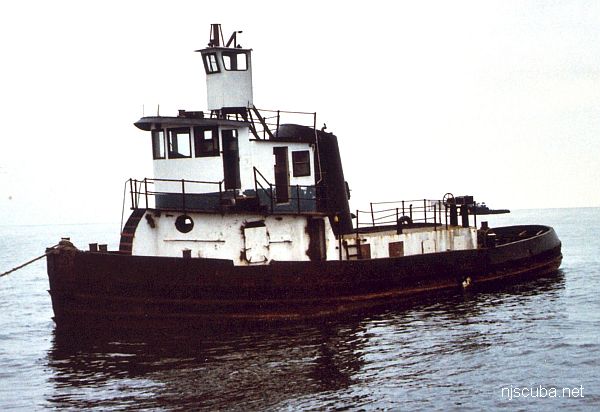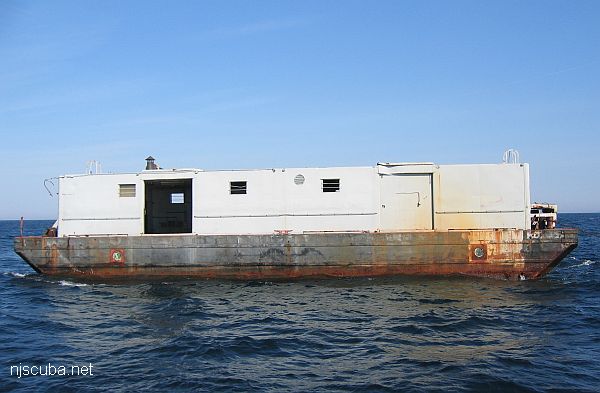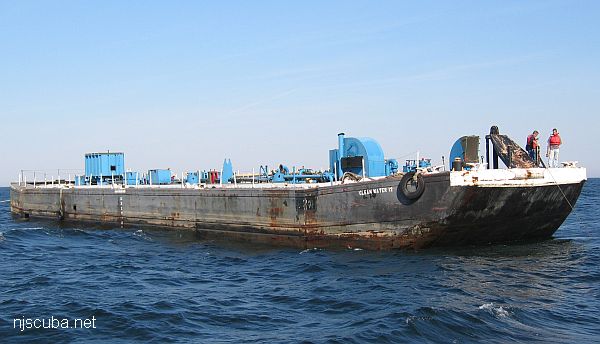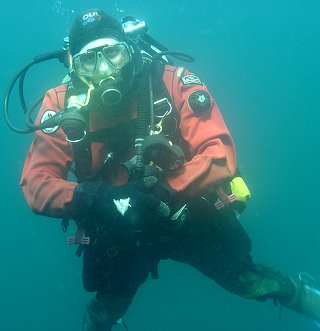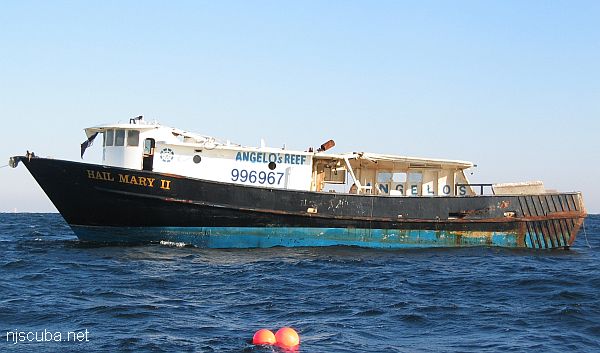
- Type:
- artificial reef, trawler
- Built:
- 1993, Duyen Van Tran, Gautier MS USA as St. Martin IV
- Specs:
- ( 63 ft ) 79 tons
- Sponsor:
- Greater Point Pleasant Charter Boat Association
- Sunk:
- Saturday November 4, 2006 - Axel Carlson Artificial Reef
- GPS:
- 40°02.641' -73°59.218'
More: Hail Mary II ...


